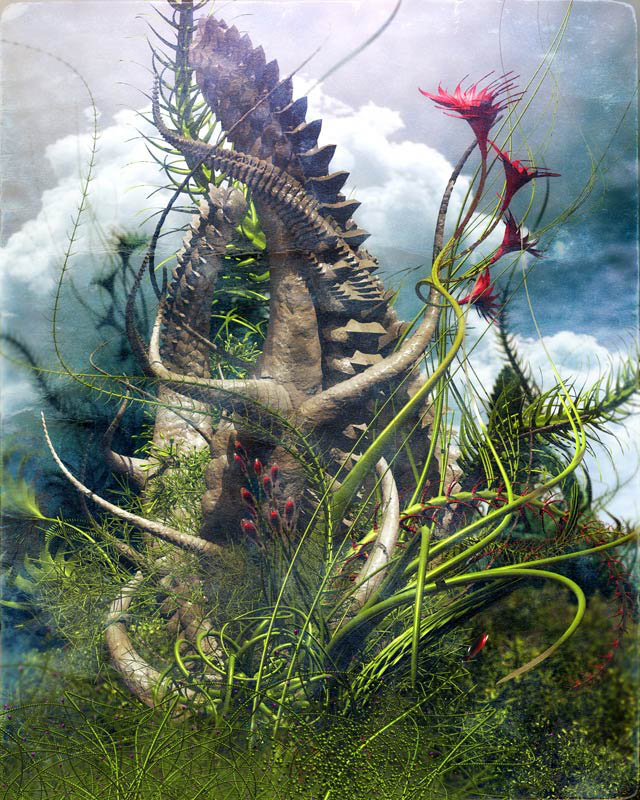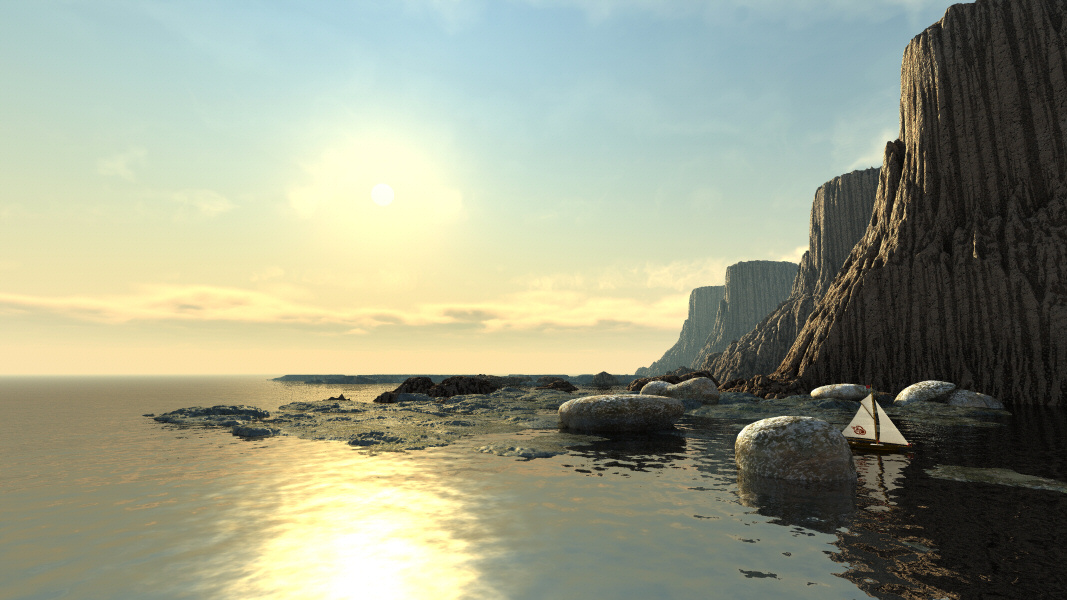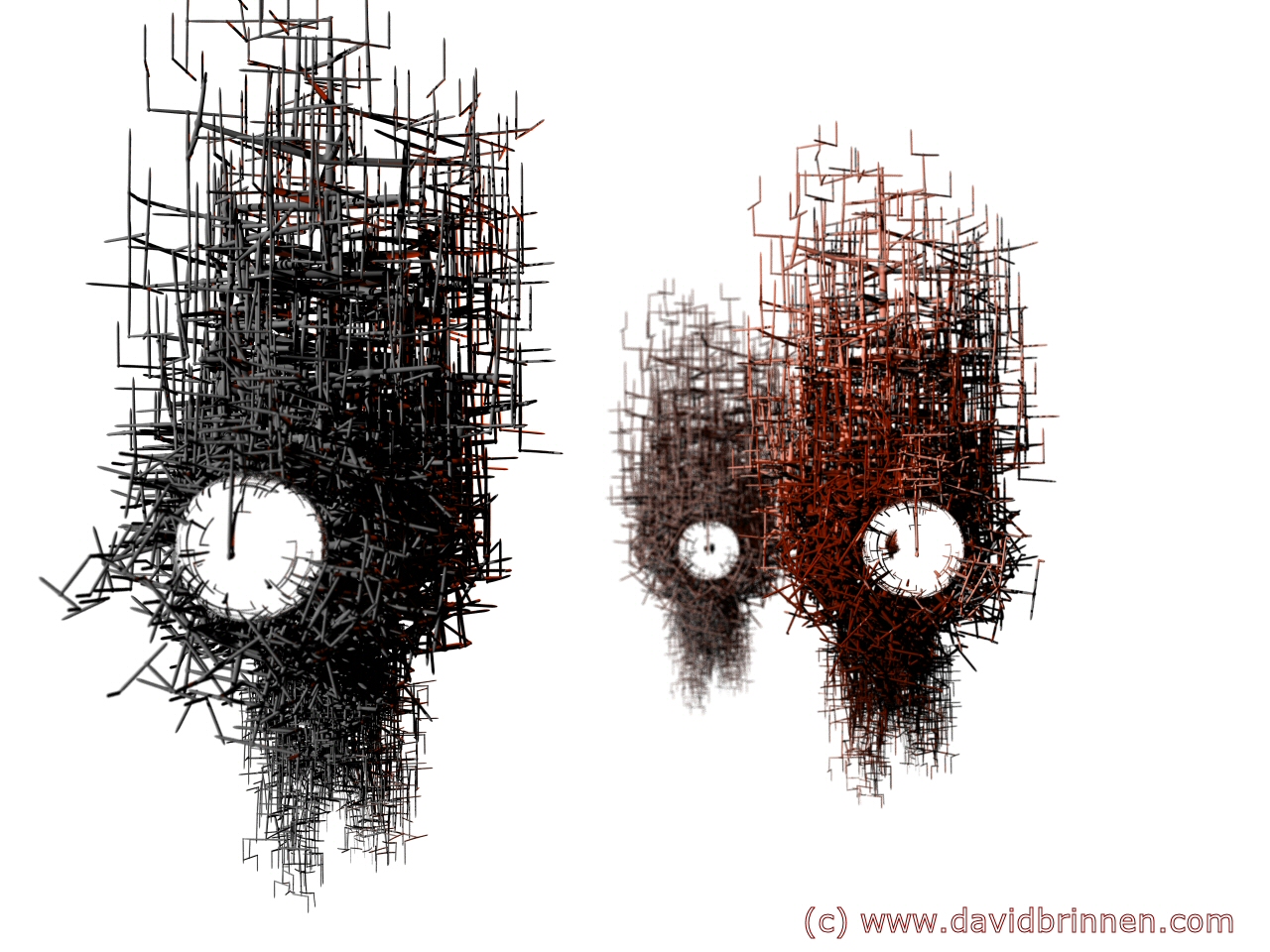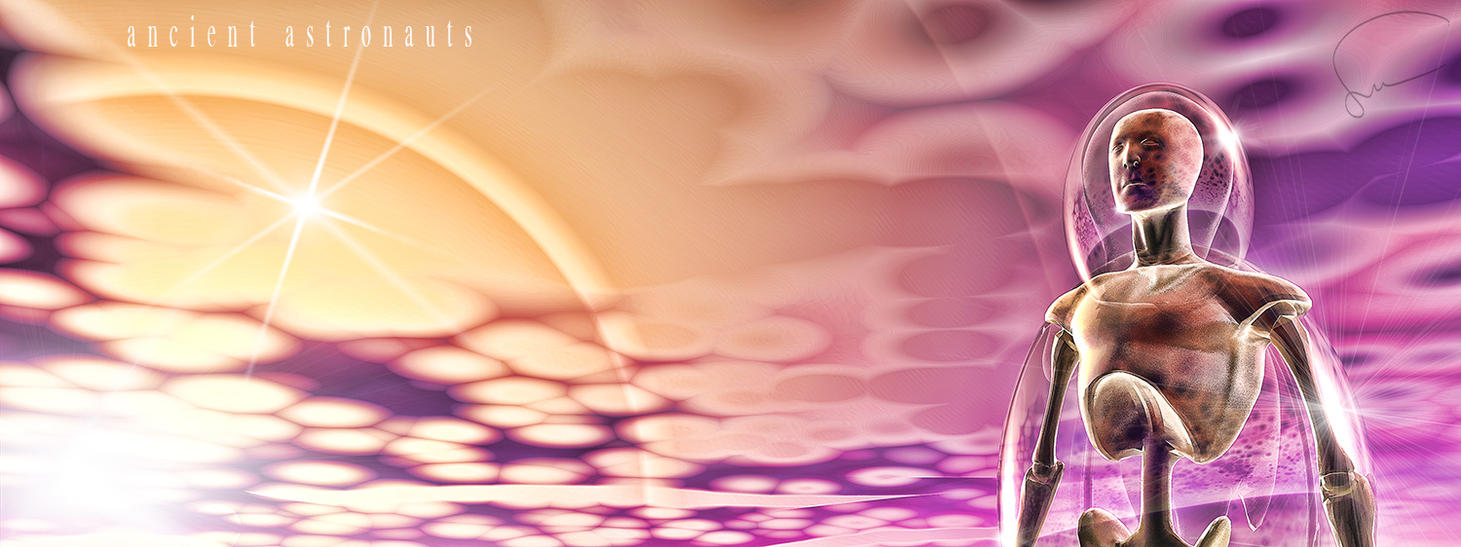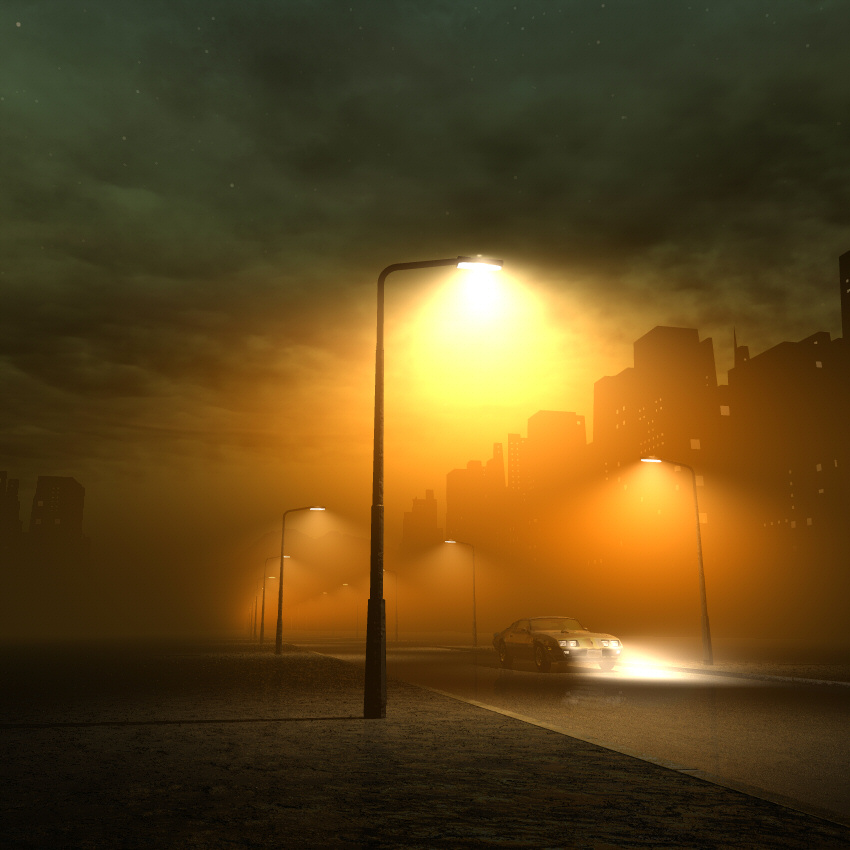
As part of the ongoing Bryce feature I recently spoke to a number of Bryce’s most vivid artists. I’ve long since admired the works that people are producing with Bryce, but it wasn’t until stumbling uponSantosky’s fun, exploratory surrealism that I ever felt compelled to look more into the program, not so much in terms of a new program to learn (got more than enough on the cook right now!), but as someone who is interested in 3D programs themselves almost as much as 3D art and its production. I contacted him directly through the site and soon we got chatting.
Santiago Gómez (aka Santosky) has been a Brycer since 2002 when he came across a demo version of Bryce somewhere on the vast internet. At the time Santiago was new to 3D, and his early usage of the program was casual and unassuming of the artist endeavours it would open up. Today, he cites the program as one of his main sources of inspiration, and says that it forms the basis of his work.
somewhere on the vast internet. At the time Santiago was new to 3D, and his early usage of the program was casual and unassuming of the artist endeavours it would open up. Today, he cites the program as one of his main sources of inspiration, and says that it forms the basis of his work.
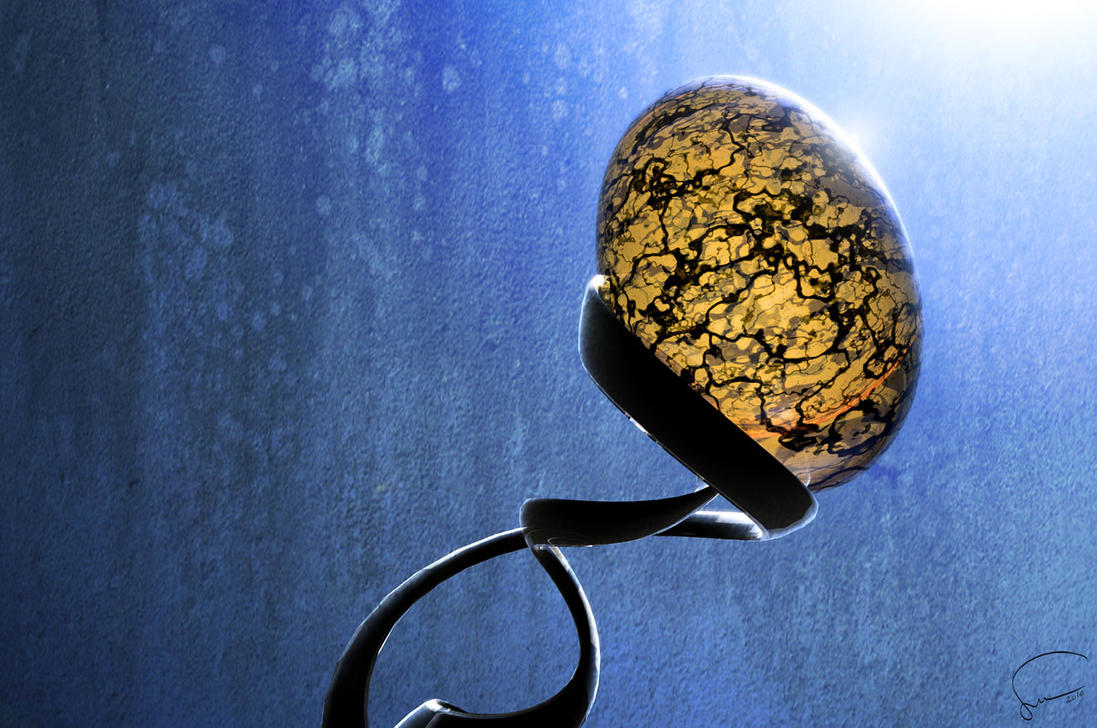
Santiago likes Bryce’s surface simplicity which allows him to create and light scenes rapidly, as can be seen with a quick browse of his image galleries that show a huge outpouring of high quality works. Santiago is under no illusions that his software of choice is beginning to show its age and lag behind rival software packages. He says the software has evolved little over the last ten years, and that there are several issues he comes up against time and again: the 32bit limitations of the software, restricted render size, and lack of more advanced modelling tools. Despite Bryce’s shortcomings he is quick to praise the intuitive interface, rapid scene construction and lighting tools, and points out that every day he discovers more of Bryce’s secrets.
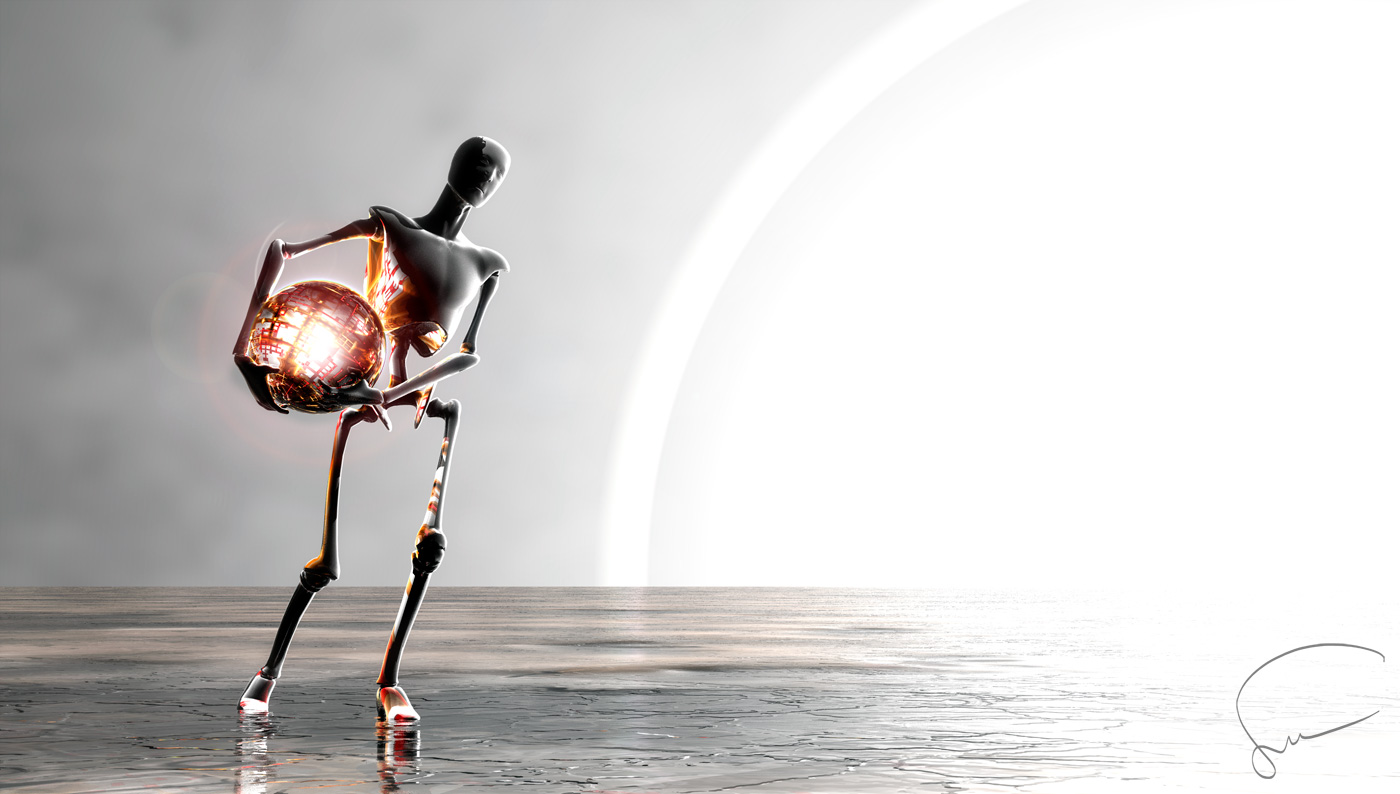
Sadly he notes that Bryce has an uncertain future with its diminished commercial profitability and slow intermittent development. He would like to see DAZ or another developer “bet” on Bryce and build it back up into a competitive program. Given the apparently slim possibilities of a Bryce renaissance, he sees his future with software on the forefront of development with programs like ZBrush forming the top of his 3D toolbox. Users of a number of other 3D packages will no doubt commiserate on this sentiment, with users of Carrara (another of DAZ 3D’s holdings) being of particularly relevant note.
(another of DAZ 3D’s holdings) being of particularly relevant note.
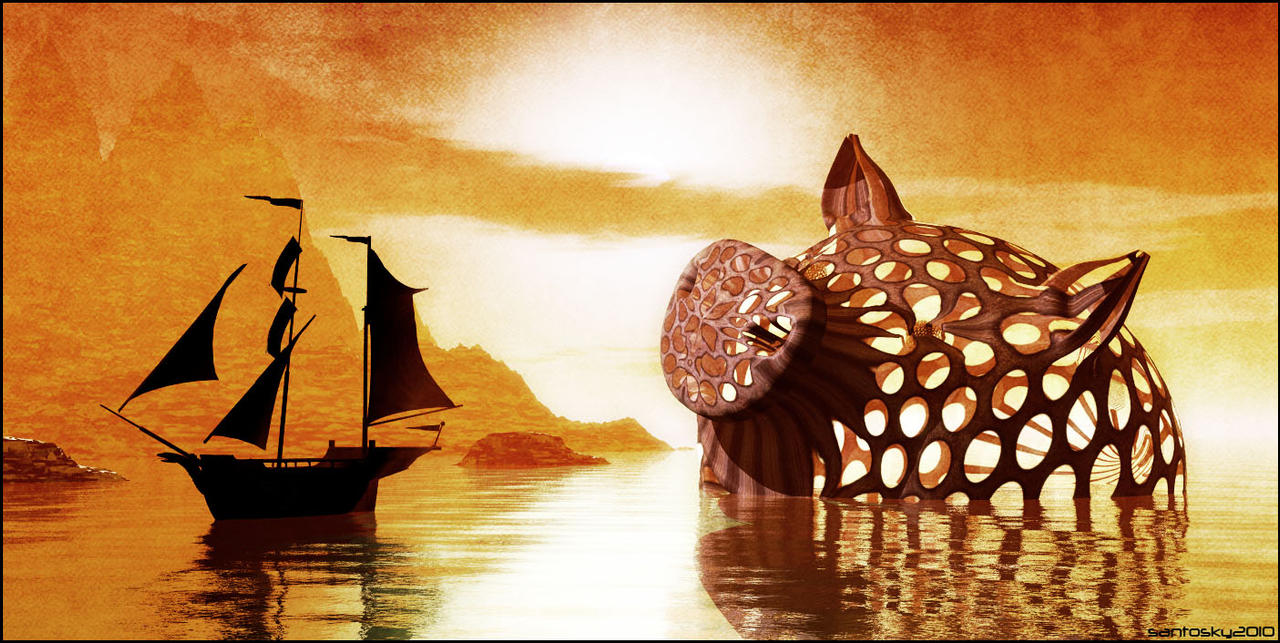
Next in the Bryce series I got to talk to one of Bryce’s most recognised maverick gurus, David Brinnen. David recently co-released (with fellow Bryce maverick and HDR Kingpin, Horo (who I also got to talk with)) Practical Bryce 7.1 Pro – Volume 1 .
.

More in the Bryce Arist series:
04: Horo
03: Michael Frank
02: David Brinnen
can be a tool for the creation of beautiful fine arts of the highest quality. It was an honour and a privilege to correspond with and bug Michael Frank for his thoughts on Bryce and how he uses it.

